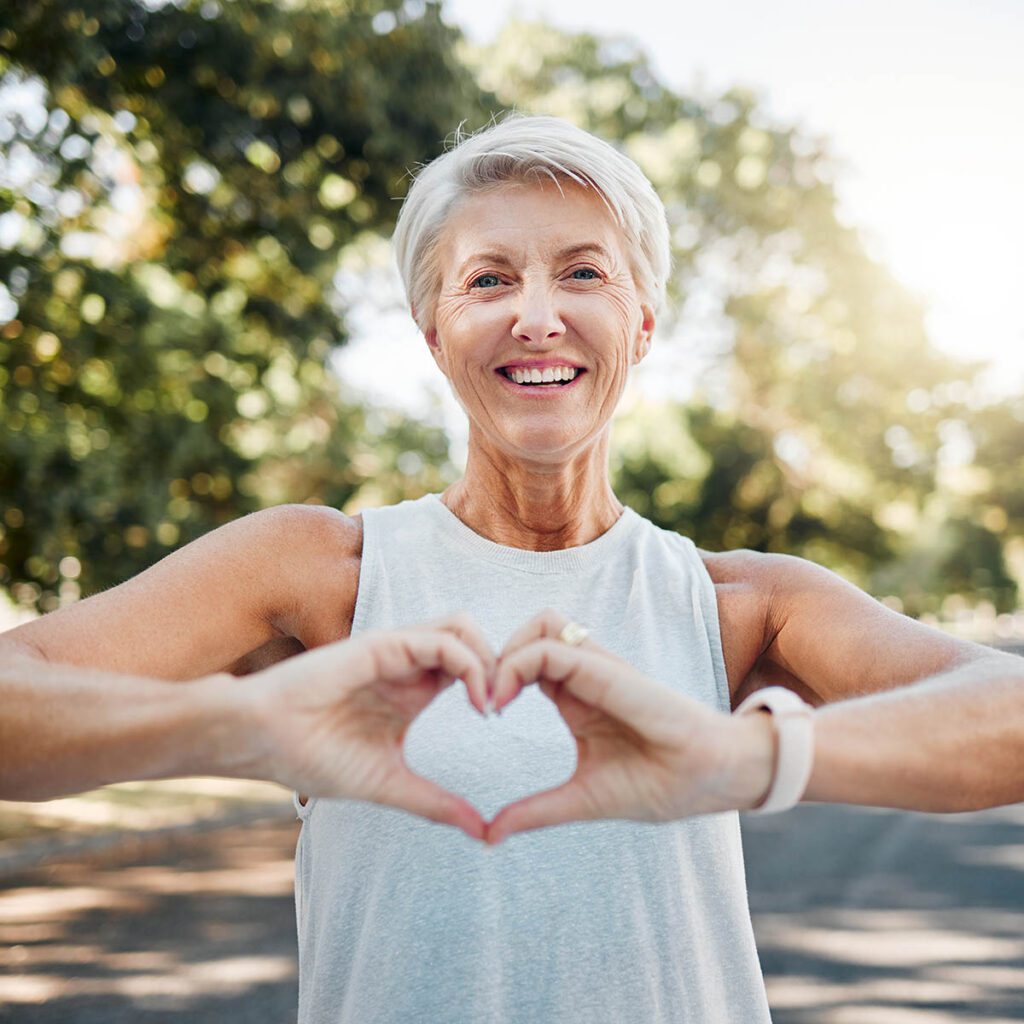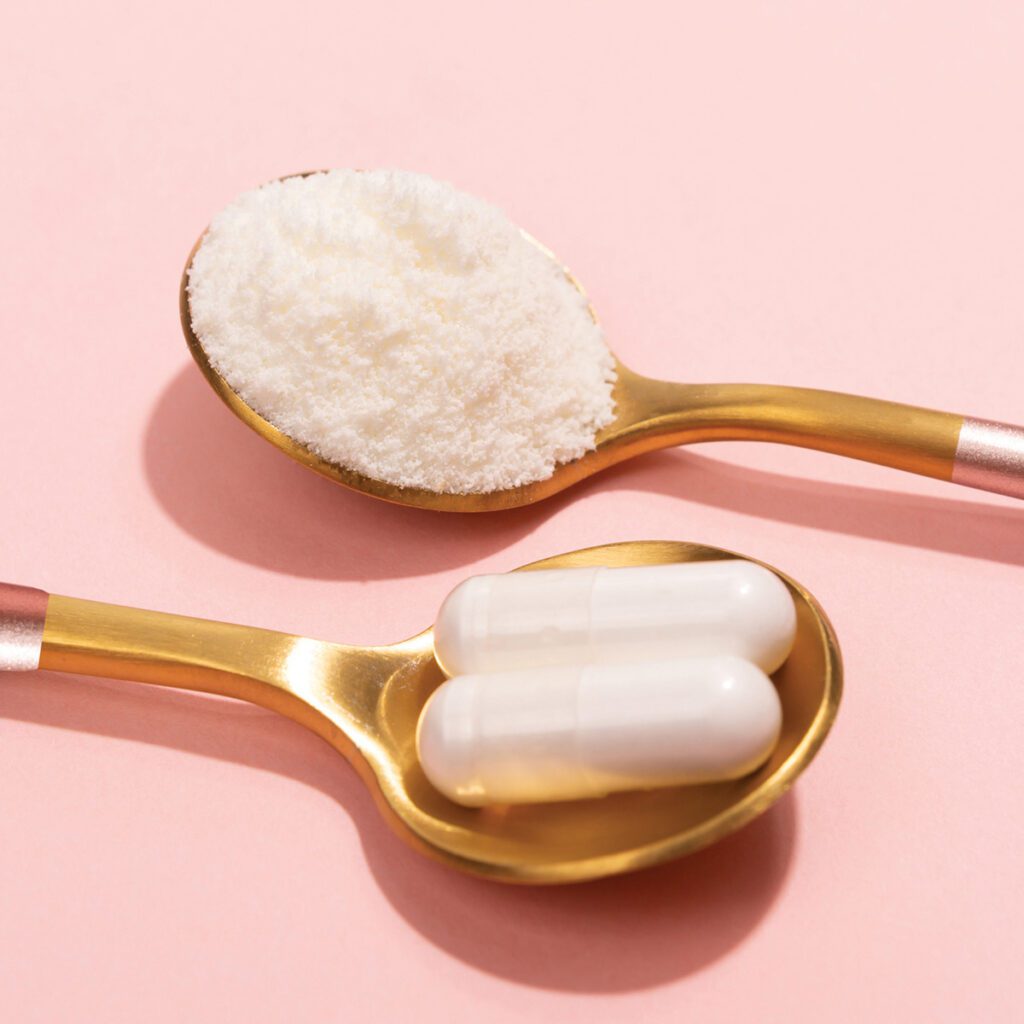Causes, Symptoms, & Treatment of “Tired Blood”
People in the modern world are tired. While stress, lack of physical exercise, and a complete dismissal of “at least eight hours of sleep a night” are contributors, most people wouldn’t think of blaming their blood. But for 3.4 million Americans, being tired is one of a host of symptoms— including headaches, pale skin, rapid heartbeat, shortness of breath, not to mention apathy and irritability—that collectively point to “tired blood,” more accurately known as anemia.
Derived from the Greek word anaimía, meaning “lack of blood,” anemia occurs when a person’s blood has low levels of healthy red blood cells. But while there are over 400 types of anemia, iron-deficiency anemia (IDA) is the most common, accounting for half of all anemia cases, and is far more prevalent in women than men.
Iron-deficiency anemia occurs when a woman has insufficient stores of iron, which help the body manufacture hemoglobin, an iron-rich protein that enables red blood cells to carry oxygen to all parts of the body. “If the body doesn’t have iron to make hemoglobin, red blood cells are actually formed incorrectly,” says Dr. Synthia Beeler, a general practitioner with Hamilton Family Medicine. “They’re smaller and paler in color.” Consequently, oxygen doesn’t travel as easily from the lungs to the body’s tissues, causing fatigue and the myriad of other problems associated with anemia.
Causes and Risks
“Menstrual bleeding and blood loss from the gastrointestinal tract are the most common causes of IDA,” says Dr. Tracy Dozier, who works in the Academic Internal Medicine practice at Erlanger Health System. “Women of reproductive age who are menstruating are most at risk of developing IDA.” According to the Centers for Disease Control, 9 to 16 percent of menstruating women in the United States are iron-deficient. “The more blood loss, the more at risk you are,” Dr. Beeler explains.
Another common cause of IDA is inadequate nutrition. The amount of iron a person needs depends largely on their age and gender. Children need a lot of iron because they are growing, and teenage girls and women need more iron than men because they menstruate. Women whose diets are depleted of iron-rich food—such as eggs, meat, and dark green vegetables—are at a greater risk of developing IDA. This means that vegetarians are more at risk of developing the condition as well as overly-zealous dieters. Increasingly, IDA has been found among elderly people on restricted diets. The risk of IDA also doubles in lower socioeconomic groups, who may not have the means or ability to maintain a wellrounded diet.
Pregnant woman are also at risk of IDA, because their bodies need more iron to support their increased blood volume. Most experts agree that pregnant women need about twice as much iron as usual when pregnant. According to anemia.org, 20 percent of pregnant women in the U.S. have anemia.
Lastly, IDA may be caused by an inability to absorb iron. If a woman has had an intestinal surgery, like gastric bypass, or has an intestinal disease, like Crohn’s disease or celiac disease, it doesn’t matter how many leafy greens, fish, or other iron-rich foods are consumed: her body will not be able to absorb and manufacture enough iron to produce healthy red blood cells.
Symptoms
Fatigue and tiredness are the most common symptoms of IDA, if those symptoms are even acknowledged at all. In most cases of iron-deficiency anemia, symptoms are so minor in the beginning that a woman may not even notice them.
“Who’s not tired these days?” says Dr. Beeler. “Most people blame it on their thyroid or stress, or say, ‘I haven’t been sleeping well.’ or ‘My diet is not quite up to par.’ Usually, they are surprised to find they are anemic.”
But over time, if the condition worsens, women may become aware of headaches, dizziness or light-headedness, cold hands and feet, pale skin, shortness of breath, inflammation in the gums or tongue and even irritability.
In extreme circumstances, a woman may have unnatural cravings for non-nutritive substances, a condition known as pica. “Some people with iron-deficiency anemia will actually crave ice,” says Dr. Brooke R. Daniel, a hematologist with Chattanooga Oncology & Hematology Associates.

Diagnosis
Women who think they might have IDA should never self-diagnose. Common symptoms of IDA accompany a number of other diseases, and it’s almost impossible to determine whether a woman has IDA without testing. A common mistake is to self-treat with iron-supplements, which can overload and harm the liver.
“Primary care physicians or hematologists can help someone with IDA,” says Dr. Dozier. “If the cause is heavy menstrual bleeding, expertise from a gynecologist is sometimes needed.” According to Dr. Daniel, if there is evidence or concerns of gastrointestinal bleeding, a patient will be referred to a gastroenterologist.
A doctor will typically begin by conducting a physical exam and examining a woman’s medical history. An exam might look for pale skin, inflamed gums, abnormal heartbeats or breathing, abnormal liver or spleen size or internal bleeding.
If signs point to anemia, a doctor will request blood work. “The only way to know for sure if a woman has anemia is for her to get what’s called a complete blood count, or CBC for short,” says Dr. Beeler. “It looks at her number of red blood cells and white blood cells. It also looks at the color and shape of the red blood cells to see if they are healthy.”
“In a CBC, the mean corpuscular volume, or MCV for short, gives the diameter of the red blood cells. Irondeficient red blood cells are smaller than normal red blood cells,” says Dr. Daniel. “A CBC can also look for low hemoglobin levels, which indicate anemia.”
Treatment and Prognosis
Treatment for anemia often depends on what’s causing it. For example, if anemia results from blood loss, a woman will need to treat the cause of her blood loss.
Many cases of IDA simply require a dietary change. “Anemia can often be treated and prevented with a healthy, well-balanced, vitamin-rich and iron-rich diet,” says Dr. Dozier. Adding more iron-packed foods into any diet, such as meat, eggs, peanut butter, spinach, kale, and beans, can help fight against the symptoms of iron-deficiency anemia.
These daily changes in diet and vitamin consumption work to replenish depleted iron stores, and they can leave the victim of IDA feeling better in as little time as a week. However, the condition can’t be corrected quickly. It may take a couple of months after an adjustment for a woman to have normal blood counts.
Additionally, a physician may recommend a daily iron supplement. However, when taking iron tablets, it is important that a woman take no more than what is prescribed. “The general population does not need more iron than is in a multivitamin; however, those with iron-deficiency may require more intense oral supplementation,” says Dr. Daniel. To ensure bodily absorption, a woman may be advised to take the tablets on an empty stomach or with vitamin C. Vitamin C, found in fruits and vegetables including kiwis, strawberries, tomatoes and potatoes, helps the body to absorb iron. “If the anemia does not respond to oral iron,” adds Dr. Daniel, “a patient can be referred to a hematologist and considered for IV iron. This way, the iron can get into your system by bypassing the stomach.”
Quality of life should never be sacrificed, and preventative care is always worth the effort. A few iron-rich foods throughout the day go a long way in preventing iron-deficiency anemia and energizing that “tired blood.” Sufferers of IDA, get tired of being tired! count, or CBC for short,” says Dr. Beeler.
Dr. Synthia Beeler
General Practitioner, Hamilton Family Medicine
Dr. Tracy Dozier
Academic Internal Medicine, Erlanger Health System




